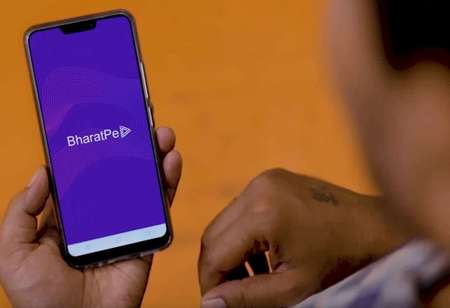
BharatPe All Set to Spread Across 100 Cities in India


Digital fintech player BharatPe has scaled its presence from 65 cities to 100 cities in the last three to four months. With both merchants' satisfactoriness along with consumer’s keenness for digital payments rose significantly during Covid, the company has accelerated its plans of an aggressive expansion exercise.
Suhail Sameer, Group President, BharatPe says, “We just launched our 100 cities. The experience has been great from the point of view that the merchant onboarding has been a breeze. It has been far better than what our experience was two years back in the first 30 cities. The number of transactions per merchant as well as the value of transactions is also not significantly different from what we witnessed in the top 30 cities.”
Eventually, the company plans to expand its presence to 300 cities by March 2023. “We would have always thought of expanding. But would have not gone as aggressive. There are a number of reasons for this - firstly a lot of lending requirements came up. Secondly there is a growing acceptance of digital payments now. It started with consumers not wanting to touch cash or credit and asking for digital payments. This has very quickly moved on to merchants also realising that this is a consumer need and actually very efficient,” he adds.
Suhail Sameer has hinted some interesting trends that they witnessed since the pandemic time. Digital transactions in Tier 1 cities, for instance, that they were doing for existing merchant’s pre-Covid and post-Covid became 3X and the value of transactions went up 4x.
“This just means that a lot of cash and potentially some part of credit/debit have moved to UPI. So in all my Tier 1 cities unilaterally, I don’t think there is any city that is operating at less than 2.5 times of what we were in Feb last year. The value of each individual transaction has gone up. There has also been a reasonable shift of high value transactions landing on UPI. The average ticket size of a transaction is now 60 percent up.”
Besides this, the fintech player also observed that different lending requirements came up as being more prominent and popular during this time. Requirements for short term credit went up significantly, with people wanting working capital loans to get the business going. Long term loans, on the other hand, reduced from before. “People are credit starved and they need credit to get the business going again. Moreover, a lot of banks and NBFCs have become conservative coming out of Covid so the external supply is a bit constrained. As far as long term loans are concerned, everyone right now is just trying to get back on their feet and hence second shop expansion loans are less relevant. A first time loan seeker asking for a 12 month loan is lesser now compared to 12 months back.”